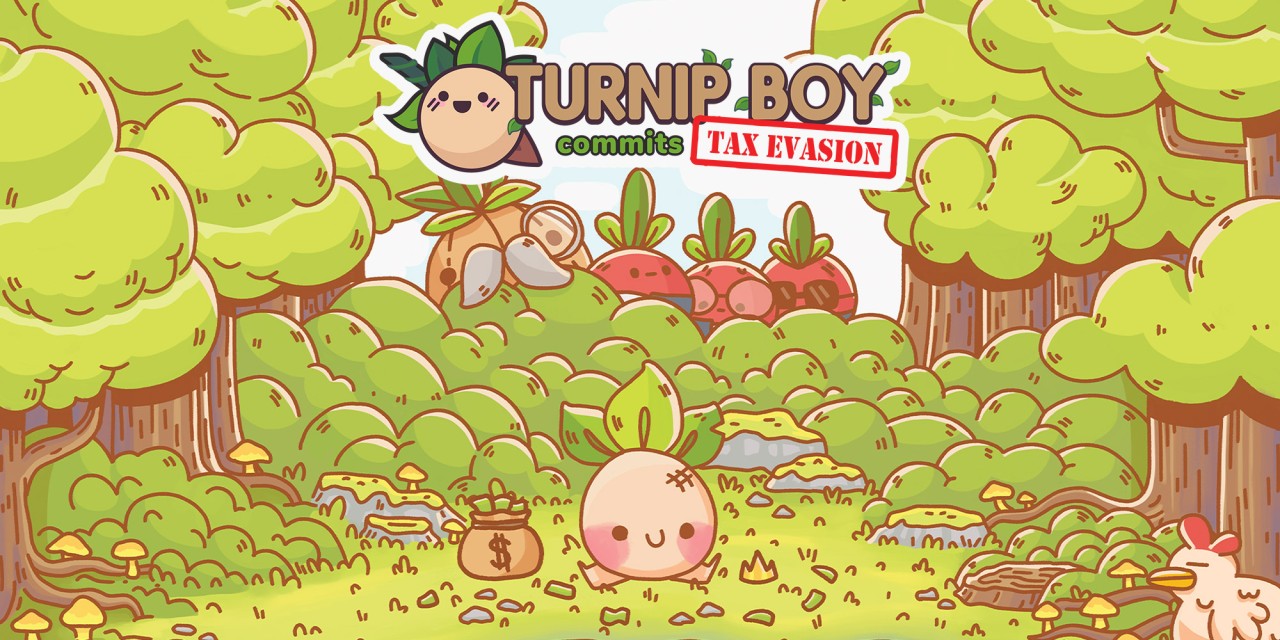

It doesn’t really get annoying, despite its repetitiveness.Ī few bosses get involved in the action, but apart from one (which happens to not even be the final boss), they’re all very straightforward. The soundtrack is, predictably, a chirpy, feel-good slice of chiptune melody. It works really well in handheld, giving off a warm feeling of Game Boy-level nostalgia. The graphics are charmingly low-res, and are complemented by smoother vectorised cut-scenes. Underground, enemies are both more intelligent and more dangerous, as it should be. The use of both combat and puzzling in the two different types of location is welcome, and the dungeons do feel more threatening than the safety of the veg patch, which makes a lot of sense. There’s little variety in how these enemies behave.


There’s combat in both over and underworlds, although above ground it’s usually a case of staying still and lashing out a few times to defeat snail or worm or whatever. Nothing is particularly complicated here, and if it weren’t for the wry humour, you might imagine this were a game for a young audience.Ī handful of different environments include this spooky graveyard maze. Puzzles range from flinging bombs at things and moving blocks to plug holes, to watering things to grow portals (?). A couple are for combat, there’s a shovel, a watering can, a portal-creation device these things are often used for puzzle-solving which is a significant part of the game.
#Turnip boy commits tax evasion nintendo series#
You, Turnip Boy, can hold an item, one of a series you’ll acquire throughout the game. In general, Turnip Boy is very accessible and its gameplay more than familiar. Thankfully, the action controls are intuitive and easy once you get used to switching the item you’re holding. It matters a bit less in-game, but menu navigation is painful. The game makes a terrible mistake in reversing typical controls: here, B means ‘continue’ whilst A is ‘back’. One of the very first impressions Turnip Boy creates is that of frustration. Tearing up the documents you find along the way doesn’t actually achieve anything, but at least it’s cathartic. A very nice touch is the game’s collectible currency: tax-related documents! OK, that sounds pretty terrible, but it offers up a moment of satisfaction when ripping up various newspapers, receipts, and contracts along the way. In practical terms, the set up serves to present Turnip Boy with a series of tasks to accomplish and dungeons to conquer. The little storyline that is present revolves around Turnip Boy’s finances, and the demands of one Mayor Onion, an allium of dubious nature if ever there was one. What’s here is serviceable, but if there was any level of meaningful narrative, it went over my head. The game scores big on dialogue, with plenty of humour, if not so well on depth of storyline. Carrots, blueberries, and acorns with sass, humility, and anger issues.

Every manner of fruit and ‘root’ is present, and each has a delightful look and persona. The rare occasion where a snail could reasonably pose a danger to our main character.īut Turnip Boy makes the wise decision to go the anthropomorphic route, and to go all-in on it. It really looks very much like A Link to the Past in places and, of course, there’s the obligatory reference to that quote. Turnip Boy is an old-school Zelda-like, a 2D adventure with combat, puzzles, dungeons, and characters. Don’t read too much into that, though that name is so wonderful, there’s still a wide range of possibility left. The best thing by far about Turnip Boy Commits Tax Evasion is its name.


 0 kommentar(er)
0 kommentar(er)
